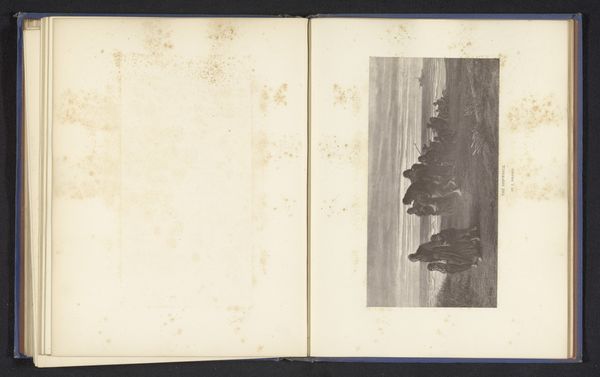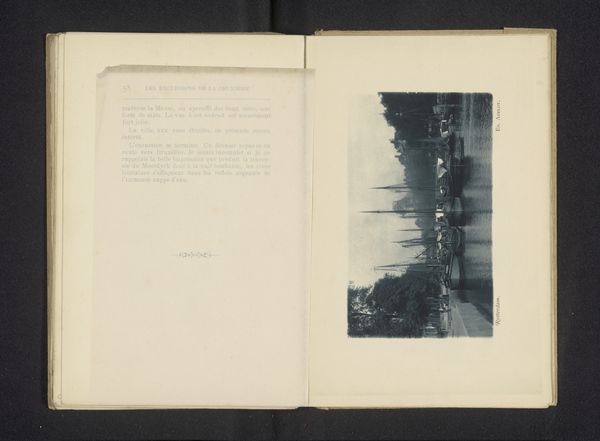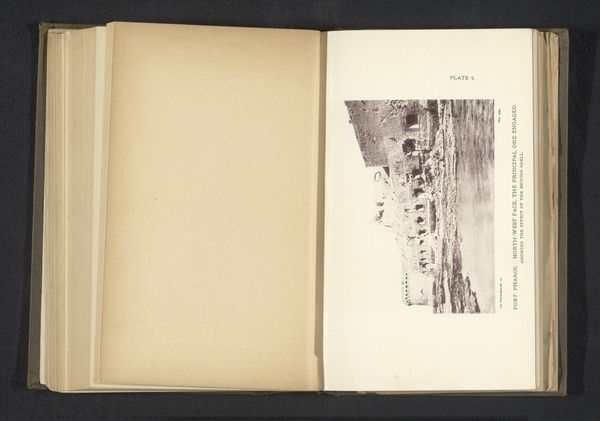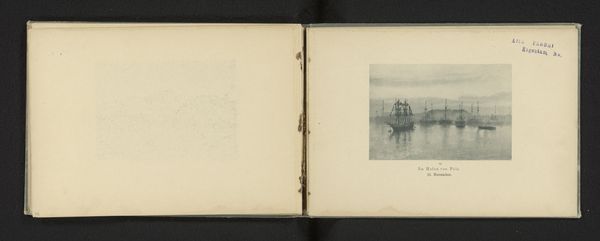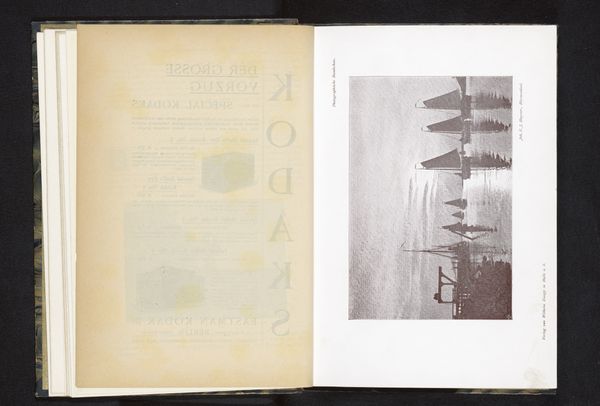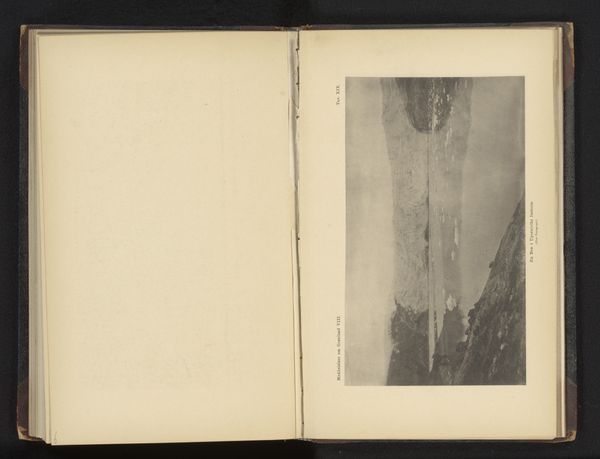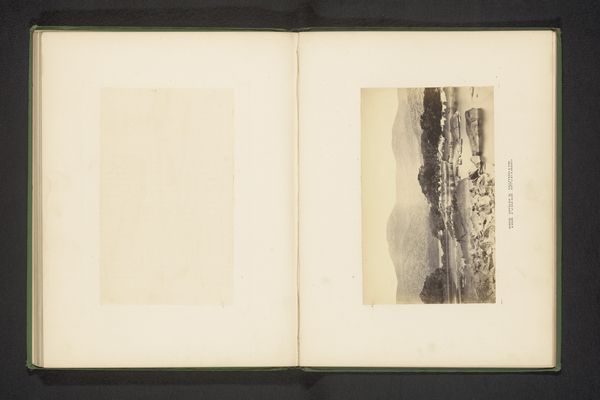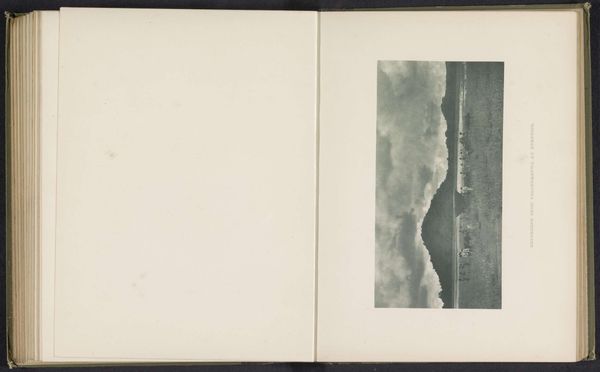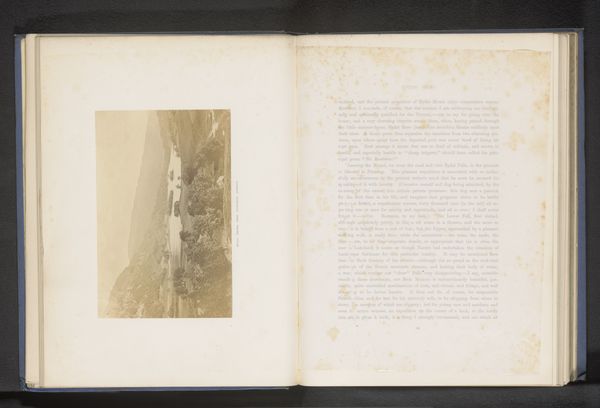
print, photography, gelatin-silver-print
#
pictorialism
# print
#
landscape
#
photography
#
gelatin-silver-print
#
modernism
Dimensions: height 114 mm, width 179 mm
Copyright: Rijks Museum: Open Domain
Curator: This gelatin-silver print, known as "Gezicht op een huis aan het water," translating to "View of a House on the Water," was created before 1900 by P. Fraenkel. What are your initial thoughts on it? Editor: It has this really quiet, almost mournful feel to it, don't you think? The way the house blends into the trees, everything subdued in monochrome, it evokes a sense of solitude, maybe even the fading of a way of life. Curator: Absolutely. Fraenkel was working within the pictorialist movement, and we see that emphasis here, not only on composition, but in the very manipulation of the print itself. It's not just a photograph, but an object that’s been crafted, a kind of art object. Note also it has been bound with letterpress text from the period as a volume. How might this intersect with labor history? Editor: Given the date, prior to 1900, we can infer a lot about the processes involved. The labor division alone speaks volumes. The photographer, the printmakers—their social positions would have drastically affected their interpretation and depiction of "landscape." It feels very much like it romanticizes a certain idea of landscape for an elite audience, doesn't it? Are we idealizing leisure, erasing labour in service of industry? Curator: Precisely. The pictorialist style in photography sought to legitimize the medium as fine art. This piece is evidence of a conscious engagement in a hierarchy of craft vs. artistic production. Editor: And thinking about that "fading" feeling... Whose landscape are we looking at? Who had access to waterways, to leisure, to commissioning and purchasing art? The quiet beauty hides a complex social reality. What voices are excluded in this pastoral view? Curator: Those exclusions are critical. The water, the land—these weren’t neutral spaces, and the house implies ownership and privilege. Thinking of water use then, and its impact now is crucial. Editor: Absolutely, the environmental impact is not immediately visible, but crucial. Looking closely, that rippling of water, is so evocative. It calls me to challenge any romanticisation, but it is undeniable aesthetically pleasing. Curator: I agree; its quiet beauty almost seduces you. Thinking through the artistic labor involved to craft such aesthetic pleasure only adds more layers to this interesting moment in time. Editor: Well said. It seems what's revealed isn't just a landscape but the making of class and cultural identity, beautifully obscured, literally, through process. Curator: Indeed. A single house reflected in a moment but full of deeper context for anyone to unravel.
Comments
No comments
Be the first to comment and join the conversation on the ultimate creative platform.

